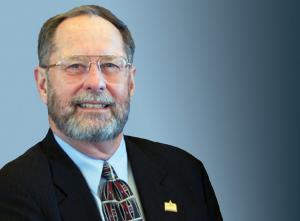Energy and Telecom Oases and Deserts
Rep. Sloan was elected to his 12th term in the Kansas House of Representatives. He serves on DOE, FCC, and EPA advisory committees and has hosted FERC Commissioners in Kansas. He focuses on energy, telecommunications, and water policy interactions in Kansas and nationally.
There were many presentations and discussions at the recent DistribuTECH conference regarding the benefits derived from Smart City and Smart Neighborhood investments. I agree, those areas benefit tremendously from the interconnection of energy and gigabit telecommunications technologies.

By their very nature, such investments result in oases of tremendous value and many positive economic interactions. However, they are surrounded by a comparative desert encompassing rural and low-income residents who experience a relative dearth of economic, education, health care, and personal growth opportunities.
While some may object to the above metaphor, the reality is that investments in energy and telecommunications capabilities are made in areas most likely to result in the quick recovery of research and deployment investment dollars. I think of those areas as oases. But what about the deserts?
As electric utilities strive to become more flexible and nimble in meeting customer expectations for services beyond the mere provision of electrons, the potential for increased service differentials between affluent and less affluent, urban and less urban customers has the potential to grow exponentially.
As a public policy maker, my concerns are at least four-fold.

